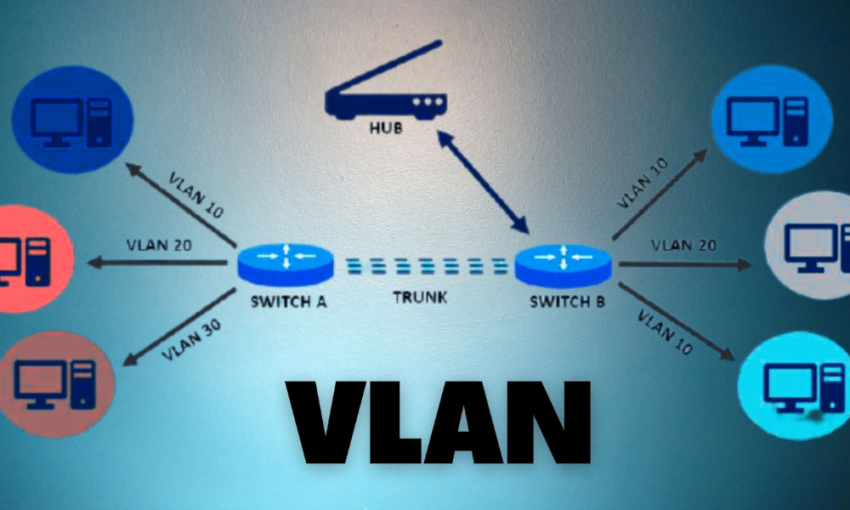For those of you who are unfamiliar with VLANs, they are a type of networking technique used to segregate different virtual networks within the same physical network. VLANs (Virtual Local Area Networks) are used to create multiple broadcast domains within an existing physical network. In this blog post, we’ll explore the benefits of using VLANs, what exactly a Virtual Local Area Network is, and how you can use it to your advantage. We’ll also talk about why it’s important to have a VLAN in the first place and what the potential drawbacks are. By the end of this article, you should be able to make an informed decision as to whether or not deploying a VLAN is right for you.
What is a VLAN?
A virtual local area network (VLAN) is a logical grouping of devices within a physical network. VLANs are used to segment a network into smaller, more manageable pieces. Each VLAN is isolated from the other VLANs, so traffic between VLANs must be routed through a router.
VLANs offer many benefits over traditional physical networks, including increased security, improved performance, and reduced costs. When properly configured, VLANs can help you better control your network traffic and make your network more efficient.
The Benefits of VLANs
A VLAN can be simply described as a virtual LAN. It is a Layer 2 method that allows multiple physical LANs to be connected virtually. A VLAN has the same attributes as a physical LAN, but it allows for greater flexibility in terms of configuration and deployment.
One of the primary benefits of using a VLAN is that it can help to improve network security. By isolating traffic on different VLANs, it becomes much more difficult for unauthorized users to gain access to sensitive data. Additionally, VLANs can also be used to segment networks for performance or organizational purposes.
Another benefit of using VLANS is that they can help to reduce networking costs. In many cases, it can be more cost-effective to deploy a single network with multiple VLANs than it would be to deploy multiple physically separate networks. This is because VLANS allow you to make better use of existing network infrastructure.
Overall, VLANS offer a number of advantages and benefits that make them a crucial part of many modern networks. When properly configured, they can help improve security, performance, and manageability while also reducing costs.
How to Implement a VLAN
In order to take advantage of the benefits of a VLAN, you need to implement one. Here’s how:
1. Connect each device that you want to be on the same VLAN to a switch.
2. Configure the switch so that each port is assigned to a specific VLAN.
3. Make sure that the devices on the same VLAN can communicate with each other by configuring the switch accordingly.
Conclusion
In conclusion, understanding what a VLAN is and how it works can be incredibly beneficial to any organization looking to increase their security measures. By creating separate networks within one physical network, data transmission between different departments becomes more secure and efficient. Additionally, VLANs offer numerous benefits in terms of cost savings, scalability and flexibility that make them an ideal choice for organizations of all sizes. With the right setup and implementation strategy, your organization could reap the rewards of a successful VLAN deployment in no time!
